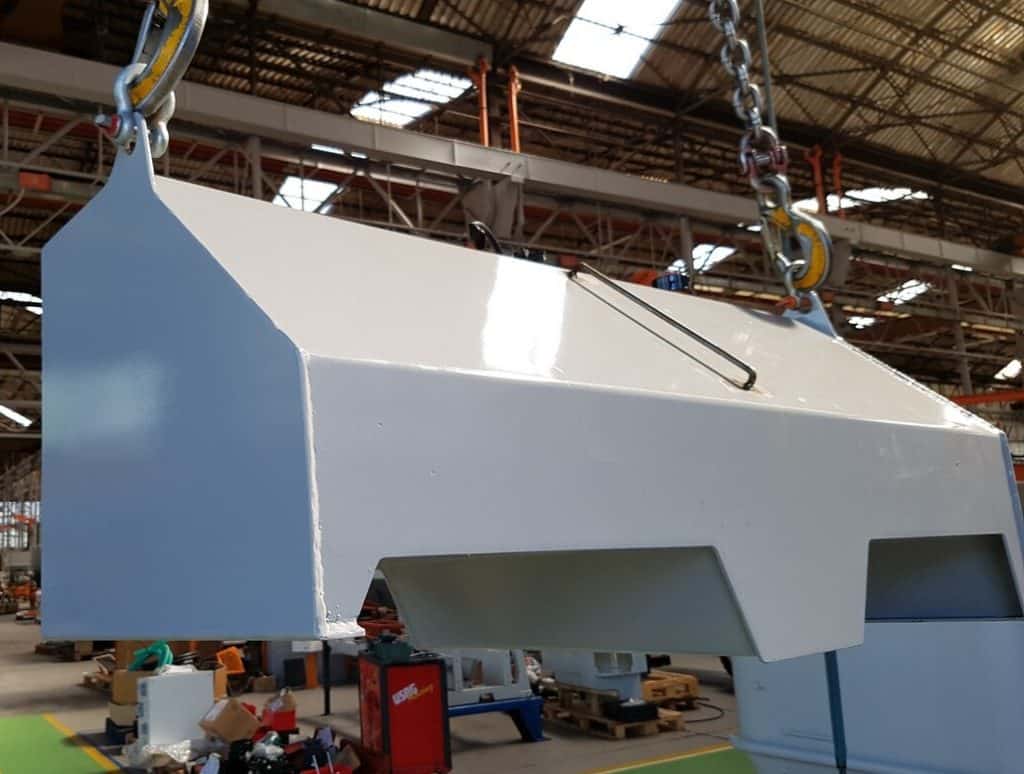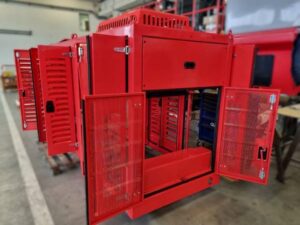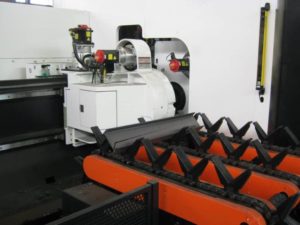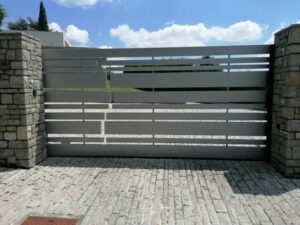The hydraulic tank in welded sheet metal
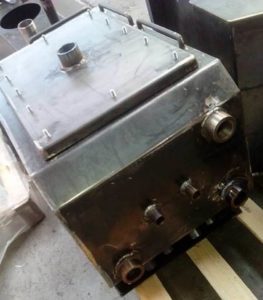
A welded hydraulic tank, or cistern, is a fundamental part for each control unit. In fact, they are not simple containers but protect the circuit from external bodies and impurities through the filters. They also allow the cooling of the system itself, also assisted by the radiator if the mass cooling is not sufficient.
We manufacture sheet metal tanks for third parties; for non-pressure uses. All our products are tested, cleaned and certified to ensure their durability and the absence of leaks during operation.
Our tanks are mainly used in hydraulic power packs, but are also used as fuel (diesel and petrol), of water, for air, for vacuum and for paints.
Design of a hydraulic tank
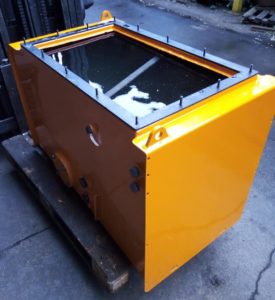
We offer a free support service for the design of a new hydraulic tank or cistern. At the end of the development process, we provide the customer with all three-dimensional construction drawings and the various technical data sheets of the assembled products (for example filters, pressure gauges and caps)
Sizing a tank within a plumbing system is critical. To do this, it is important to know if the system works in continuous or occasional service, and to know the maximum flow rate of the pump. At this point, the tank capacity can be evaluated empirically by multiplying the flow rate 4 times in the case of continuous service, only 2 times in the case of service on request.
The materials to build a cistern
Depending on the field of use and requests, we can use the following materials: pickled, pre-galvanized sheet metal, stainless steel or aluminum alloys. Similarly, with the same variance of material, turned parts such as sleeves and threaded bushings are produced.
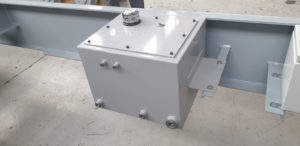
All our materials are certified according to EN 10204 – 3.1 and we guarantee their traceability.
Production of a hydraulic tank
The entire production process follows the ISO3834-3 standard of which the company is certified.
It begins with the laser cutting (tube and plate) of the components. To improve cutting cleanliness and limit thermal alteration of the edge, we use nitrogen and not oxygen as the cutting gas. The limited thermal alteration has significant benefits during the subsequent welding and painting phase.
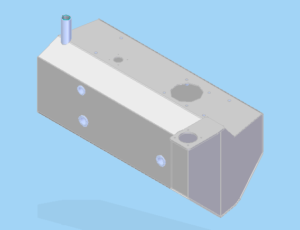
Then we move on to the bending or calendering phase. Finally, the crimping of the edge in preparation for welding.
After the necessary checks according to the technical and welding specifications according to the ISO3834 standard, we proceed with the welding of the various parts. The techniques used are MIG-MAG (wire welding) or TIG.
Testing and cleaning an hydraulic tank
Once the welding phase is completed, all the hydraulic tanks are checked:
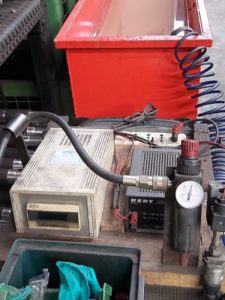
- Dimensional
- Aesthetic
- leak test (bubble test) at 0.5 bar. UNI EN ISO 9712.
Finally, cleaning is carried out to eliminate any residues of oils and shavings created in the previous processing phases.
All tanks are marked to trace the production batch and the test certificate number (and if required the materials certificate)
Painting and other surface finishing processes
We offer different painting processes to adapt to specific requests. As a standard, we offer a cycle that includes sandblasting, washing, the cataphoresis process (anti-rust) and a coat of powder finishing with the color of your choice. As an alternative to powder, enamel painting can be used.
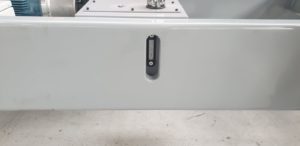
For aluminum or stainless steel tanks we offer polishing or satin finishing treatments.
Assembly and final testing: the hydraulic unit
After painting, we can complete the product by pre-assembling the filters, caps, fittings, pressure gauges, level indicators and hydraulic pumps on behalf of the customer. So as to transform our tanks into real hydraulic power packs ready for installation.
At the end of the assembly, we are able to test the tank by verifying its functionality according to a check list shared with the customer and pack it according to specific packaging lists.
The certifications for a hydraulic tank
Our non-pressurized hydraulic tank do not follows the PED 2014/68 / EU regulation, which is part of the machinery directive. However, all welds of our cistern are certified according to the ISO3834-3 standard, while the materials according to the EN 10204 – 3.1 standard
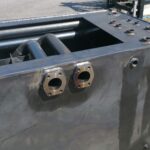
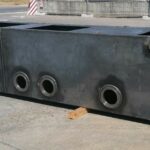
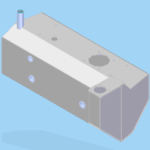
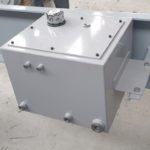
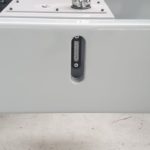
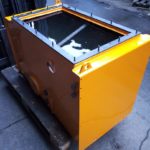


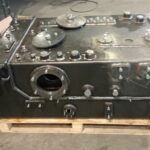
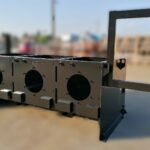
Agrital
We are a metalworking company active since 1972. We started in the agricultural mechanization sector with the construction of tractor cabins.
Today, thanks to a staff of over 50 people, we are present in various product sectors, mainly producing driver’s cabins, hydraulic tanks and cisterns, railings and hoods (metal casing). In addition to having been the forerunners since 2003 in laser tube processing

